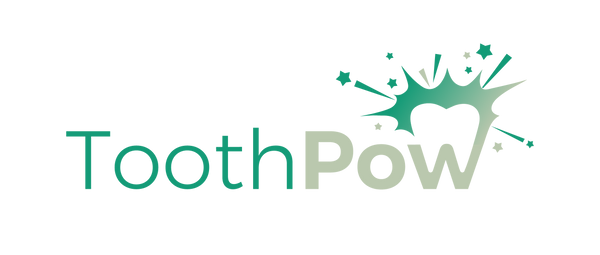In recent years, the issue of microplastics in our environment has gained significant attention. These tiny plastic particles, less than 5mm in size, have been found in oceans, rivers, soil, and even the air we breathe. As awareness grows, consumers are becoming more concerned about the presence of microplastics in everyday products, including toothbrush bristles. This article delves into whether microplastics are a concern with toothbrush bristles and explores ways to mitigate their impact.
What Are Microplastics?
Microplastics are small plastic particles that result from the breakdown of larger plastic items or are manufactured as small particles for specific uses. They can come from a variety of sources, including:
- Primary microplastics: Manufactured to be small, such as microbeads in cosmetics.
- Secondary microplastics: Result from the degradation of larger plastic products, like plastic bags or bottles.
These particles are pervasive and have been found in marine life, drinking water, and even human tissues.
Microplastics in Toothbrush Bristles
Toothbrush bristles are typically made from nylon, a type of plastic. Over time, these bristles can wear down, especially with daily use. This wear and tear can result in the shedding of tiny nylon fragments, which can be considered microplastics. When we brush our teeth, these fragments can enter our mouths and potentially be swallowed or washed down the drain, eventually making their way into the environment.
Potential Health Concerns
While the health impacts of ingesting microplastics are still being studied, some potential concerns include:
- Chemical exposure: Microplastics can absorb and carry harmful chemicals, such as pesticides and heavy metals, which may pose health risks if ingested.
- Physical impact: The physical presence of microplastics in the body could potentially cause inflammation or other health issues, although more research is needed in this area.
Environmental Impact
The environmental impact of microplastics is well-documented. They can accumulate in marine environments, where they are ingested by fish and other sea life, entering the food chain and potentially impacting entire ecosystems. Microplastics are also persistent pollutants, meaning they do not easily break down and can remain in the environment for hundreds of years.
Alternatives to Conventional Toothbrushes

Given the concerns about microplastics, many consumers are seeking alternatives to conventional plastic toothbrushes. Here are some options:
Bamboo Toothbrushes
Bamboo toothbrushes have become popular as an eco-friendly alternative. They typically have a bamboo handle with nylon bristles. While the bristles are still plastic, the bamboo handle is biodegradable, reducing the overall environmental footprint.
Plant-Based Bristles
Some toothbrushes now feature bristles made from plant-based materials, such as castor bean oil. These bristles can reduce reliance on petroleum-based plastics, although they may still not be fully biodegradable.
Toothpow’s Bamboo Electric Toothbrush
Brands like Toothpow offer bamboo electric toothbrushes, combining the benefits of bamboo heads with the efficiency of electric toothbrushes. These brushes often come with biodegradable replaceable heads, which can help reduce plastic waste compared to disposable toothbrushes.
Reducing Microplastic Pollution
Consumers can take several steps to minimize microplastic pollution from toothbrushes:
- Replace toothbrushes regularly: Worn bristles are more likely to shed microplastics. Replacing toothbrushes or brush heads every three to four months can help minimize this.
- Proper disposal: Ensure that toothbrushes are disposed of correctly to prevent them from breaking down into microplastics in the environment.
- Choose eco-friendly options: Opt for toothbrushes with biodegradable handles and plant-based bristles when possible.
Conclusion
Microplastics are a growing concern in our environment, and toothbrush bristles are a potential source. While more research is needed to fully understand the health impacts of microplastics, their environmental impact is clear. By choosing eco-friendly alternatives and practicing proper disposal, we can help mitigate the contribution of toothbrushes to microplastic pollution.

